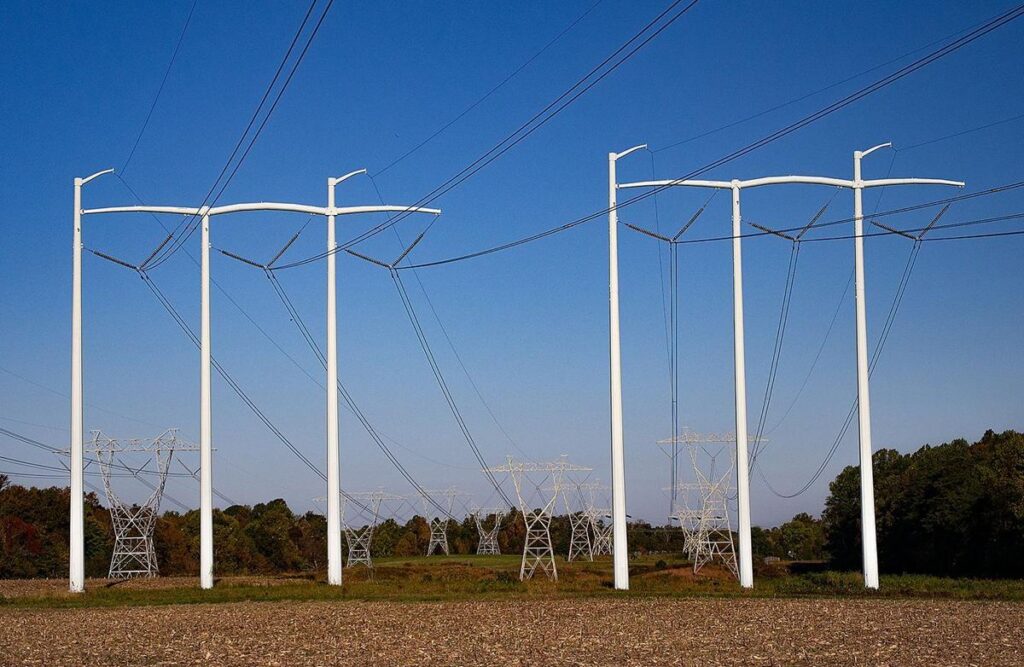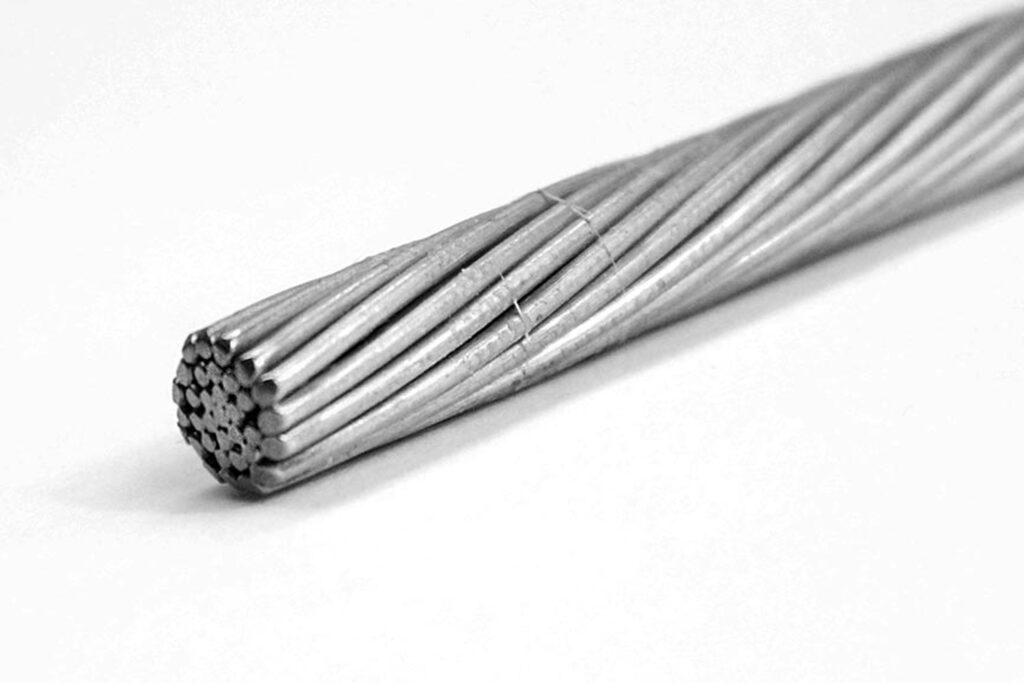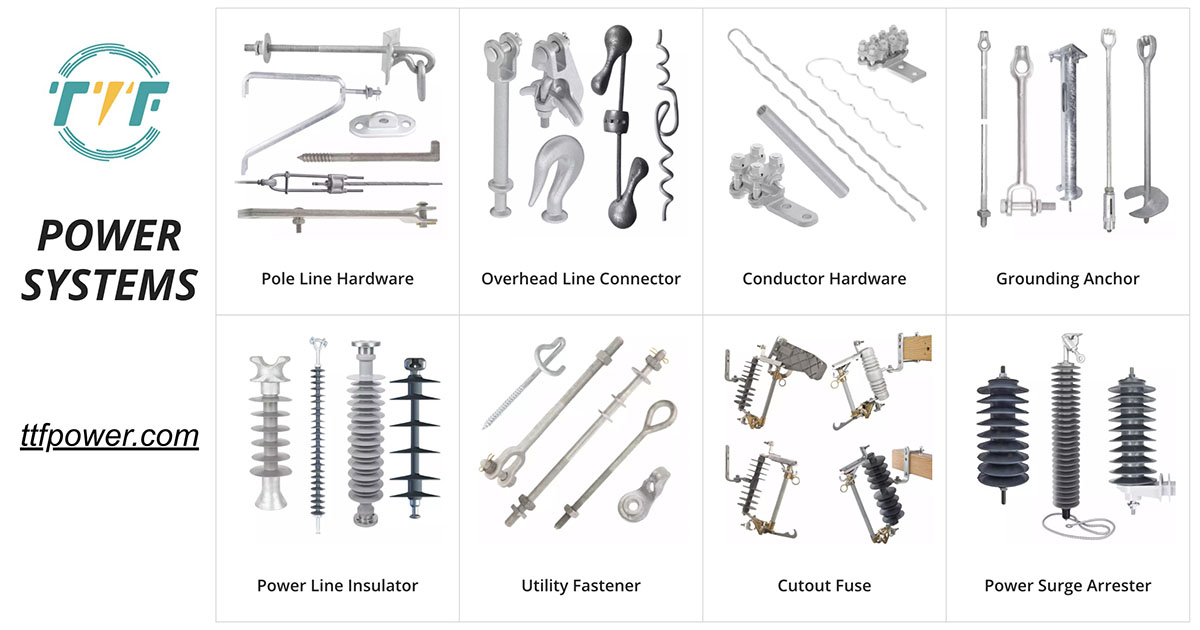
The development of power transmission lines in South America is crucial to power generation, transmission, and distribution. Given the diverse landscapes in the region, spanning from the Amazon rainforest to the Andes Mountains, electricity transmission is crucial. High-voltage transmission lines help distribute power across these regions with ease. Power transmission lines help in delivering electricity across the diverse terrain. South America is also embracing renewable energy, smart grid technology, and regional integration. This is to overcome transmission challenges. Renewable energy can integrate into the grid to provide sustainability, reliability, and security. The continued innovation in grid technology and cross-border collaboration will help ensure energy access across the region. Also, preformed wires are able to improve reliability and efficiency of the line. This is while reducing maintenance requirements.
Preformed wire has a smoother surface than traditional conductors, which reduce the corona effect. Their stranded core provides increased strength and flexibility compared to solid conductors. This also helps reduce the risk of breakage and improve the reliability of the power line. Using preformed wire reduces the need for frequent maintenance since the surface helps prevent corrosion. Power transmission lines in South America aid in grid interconnection across the region. This helps create cross-border electrical exchanges in countries like Brazil, Chile, and Argentina. The integration helps in managing the flow of electricity from renewable energy sources. Let’s look at the importance of preformed wire in high-voltage power transmission lines in South America.
Importance of preformed wires in South American power transmission lines
Preformed wire plays a crucial role in the construction and maintenance of power transmission lines. These transmission lines span diverse geography and need robust, long-distance power transmission. Preformed wire is able to reinforce, protect, and support the power lines, which provides several benefits. The wires are also made from materials that are able to withstand the region’s diverse climates. Preformed wires provide extra mechanical strength, control vibration, and offer corrosion resistance. The following is the importance of using preformed wire in power transmission lines.

- Enhanced mechanical strength and durability – preformed wires are able to increase the mechanical strength of transmission lines. They are able to withstand the physical stresses like wind, ice, and tension from the line. For instance, the power lines in the Andes region must withstand high-altitude winds and seismic activity.
- Improved corrosion resistance – formed wires are from materials like aluminum, stainless steel, or galvanized steel. These materials provide a higher level of corrosion resistance. This extends the lifespan of the transmission lines. Thus, they are able to withstand the humid and salty environments in the region.
- Easy and secure installation – the preformed wires wrap around the power conductor to provide a snug fit without the need for special tools. This helps reduce installation time and labor costs. Preformed wire allows for faster setup and reduces the need for complex machinery.
- Prevention of conductor damage – preformed wire provides extra protection for conductors. They do so by reducing the stress and wear from forces. It helps distribute mechanical loads evenly across the conductor to reduce the risk of breakage.
- Adaptability to various terrain – preformed wire ensures the transmission lines maintain their structural integrity in diverse environments. For instance, preformed wires can adjust to accommodate the varying environmental conditions in the Atacama Desert and the Andes mountains.
Types of power transmission lines in South America
There are various types of power transmission lines installed in South America to support their electricity production. The power lines help to accommodate the diverse energy needs and geographical challenges of the region. These lines differ based on voltage levels, distance, and the type of terrain they traverse. The following are the types of power transmission lines setup in South America.

- High-voltage alternating current lines (HVAC) – HVAC transmission lines send electricity over medium and long distances. These lines connect power generation facilities to regional distribution networks and urban centers.
- High-voltage direct current (HVDC) lines – this is a technology used for transmitting electricity over long distances with lower energy losses. They help connect remote hydroelectric dams to distant urban and industrial areas.
- Medium-voltage transmission lines – these lines help to distribute electricity from substations to local distribution networks to small communities.
- Overhead transmission lines – these are the most common types of lines used in South America. They consist of towers that support electrical conductors above the ground. Overhead transmission lines connect solar energy farms to the national grid.